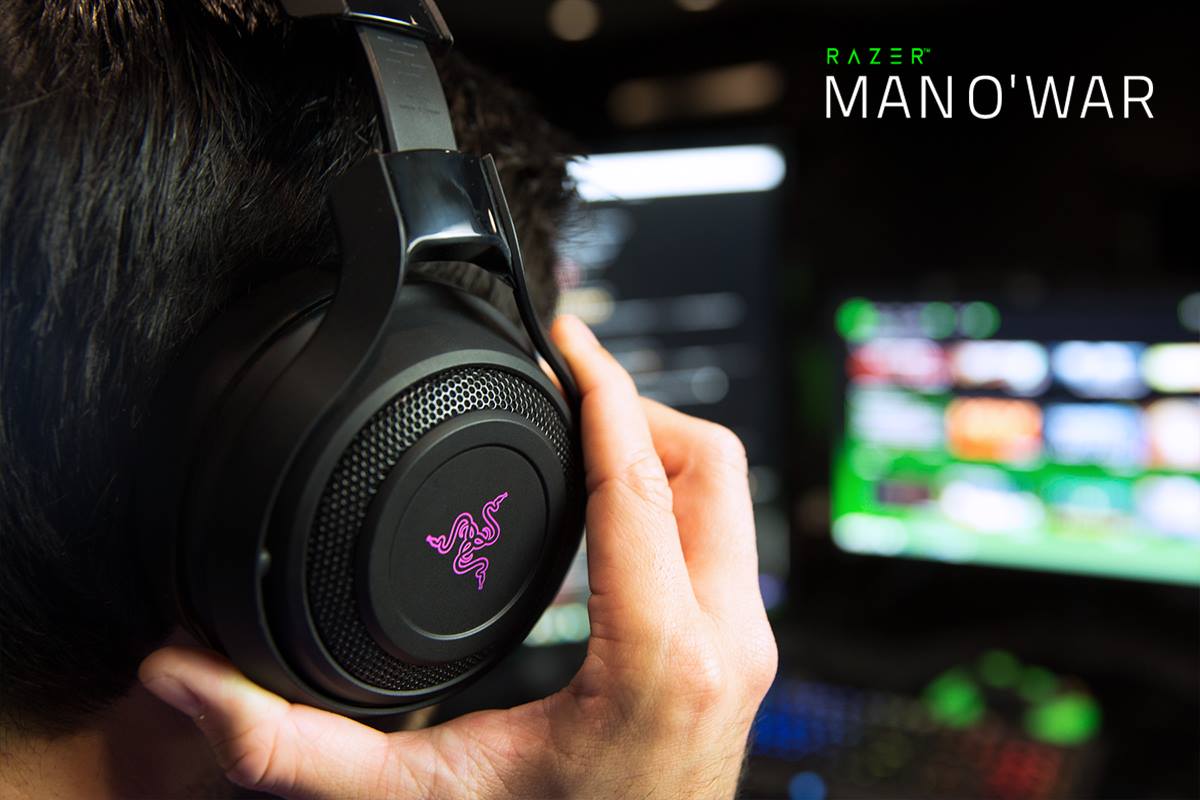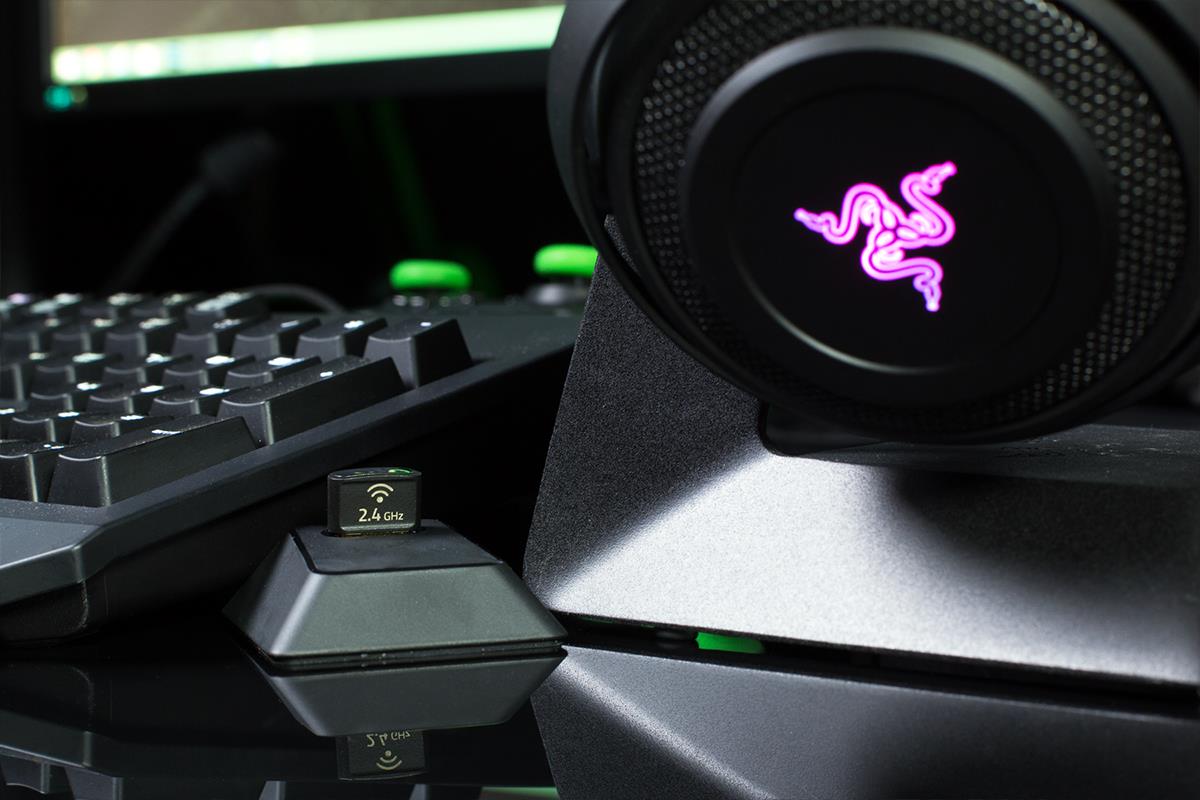
(I used Windows’ own Voice Recorder to generate test files.) In a quiet office, Microsoft’s mics warmly capture my voice. I’m not as impressed with the BlackShark V2’s mic. I don’t usually wear a headset or even earbuds during Zoom calls, because the far-field mics on the Microsoft Surface Book 3 2-in-1 seem to capture my voice well. Eventually, those profiles will include THX Environmental Mode for lifelike sound, or THX Competitive Mode, with more emphasis on spatial awareness and directional cues.
#Setup razor headset software
(My ears heard the THX “helicopter” circling “above” my head, though, which may be deliberate.) I didn’t specifically test the positional audio using an evaluation copy of the updated Synapse software against the specific games Razer provided, but it did a decent job of positioning the audio with other games already on my system.

That’s not true of its THX Spatial Audio capabilities, however, as the algorithm and the headset combined seem to position the sound pretty well. I’m still not a huge fan of the THX enhancement software, though, as the music preset seems to garble it all together more than it helps. I may not have a perfect ear, but the BlackShark delivered good tonality up and down the scale. Not surprisingly, there’s a graphics equalizer hidden away within the Synapse software, with a “music” preset. My old-school rock ears lit up when the thudding bass of Queen’s “Another One Bites the Dust” hit my ears, too. It’s always rewarding to play Fleetwood Mac’s “The Chain” and discover that yes, John McVie’s bass line does appear in the song. How did they end up sounding? Very good, in the end. And it did so, filtering out some of the ambient noise from my office fans, and some of the shrieks as my two young boys rampaged through the house. In the real world, all that means is that the BlackShark V2 offers a substantial amount of padding to enclose and cradle your ear while blocking out ambient sounds. My first thoughts when the cans hit my ears were: soft…and light.īoth headsets are built around what Razer calls an entirely new 50mm TriForce Titanium audio driver, enclosed by what the company also calls an advanced passive noise-cancelling design.

Mic Signal-to-noise ratio: 60dB (unidirectional).

Connection type: 3.5mm with USB sound card.Inner ear cup diameter: 65 x 40 mm / 2.56in x 1.57 in.
#Setup razor headset driver


 0 kommentar(er)
0 kommentar(er)
